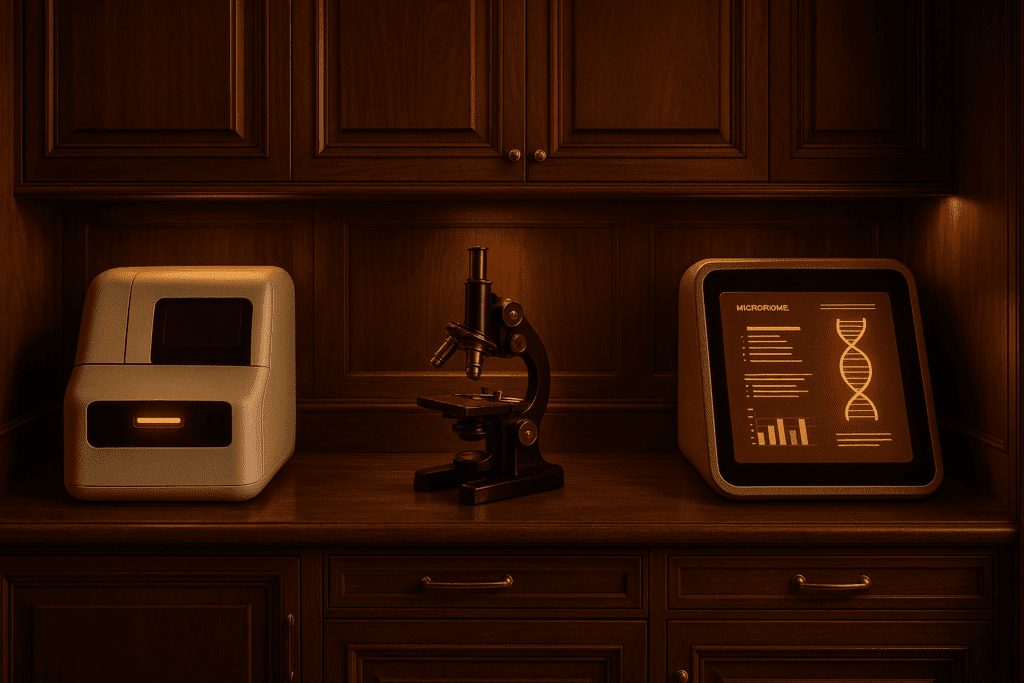Redefining Healthy Aging Beyond the Eternal Youth Myth
The Fallacy of Forever Young
Modern longevity science is undergoing a quiet revolution, trading snake-oil promises of age reversal for evidence-based strategies to compress morbidity and extend healthspan. While Silicon Valley billionaires chase speculative therapies like parabiosis and cryonics, researchers at institutions like Harvard Medical School and the Buck Institute are mapping a more grounded future. Their work reveals that true longevity isn’t measured in years conquered but in vitality preserved—a paradigm shifting focus from lifespan extension to maintaining cognitive agility, muscular resilience, and metabolic flexibility deep into later decades.

Three Pillars of Science-Backed Longevity
Contemporary research converges on three actionable fronts:
- Circadian Optimization (e.g., timed nutrient intake aligned with cortisol rhythms per 2023 Salk Institute trials)
- Epigenetic Reprogramming (Targeted interventions like hyperbaric oxygen therapy, shown in Aging journal studies to lengthen telomeres by 20%)
- Inflammaging Mitigation (Senolytics and gut microbiome modulation via prebiotic fibers reduce chronic inflammation by 43% per Mayo Clinic data)
The New Longevity Economy
This shift is catalyzing a $610 billion wellness market reimagined for mature demographics. Luxury brands now design “age-agnostic” bioactive apparel with graphene-infused fabrics that enhance circulation, while startups like Novos Labs deploy AI to personalize nutraceutical regimens using epigenetic biomarkers. Even real estate trends reflect this ethos: 74% of high-net-worth buyers now prioritize homes with recovery-focused amenities (cold plunge pools, red light therapy rooms) over traditional status symbols.

Case Study: Blue Zone Tactics Meet Cutting-Edge Tech
Okinawa’s legendary longevity is being reverse-engineered through modern tools. Researchers at the University of Tokyo found that incorporating ikigai (purpose-driven living) with wearable glucose monitors reduced stress biomarkers by 31% in U.S. trial participants. Meanwhile, MIT’s 2024 study on “social fitness” demonstrates that diverse interpersonal networks slow cognitive decline as effectively as premium nootropics.
Ethical Frontiers in Age Optimization
As billion-dollar ventures like Altos Labs push cellular reprogramming boundaries, bioethicists caution against treating aging as a disease. Dr. Daphne Koller of Insitro notes: “The danger lies not in prolonging life, but in creating a two-tier system where advanced longevity becomes a luxury commodity.” This tension underscores the need for policies ensuring democratized access to validated interventions—a movement gaining traction through nonprofits like the Longevity Vision Fund’s global healthspan initiatives.

Your Longevity Toolkit: 7 Evidence-Based Practices
- Morning sunlight exposure within 30 minutes of waking (resets circadian NAD+ cycles)
- Protein pacing (40g within 2 hours of rising, per 2024 Cell Reports muscle synthesis study)
- Dynamic fasting cycles (12-36 hour windows to optimize autophagy without muscle loss)
The Future is Intergenerational Vitality
True longevity innovation transcends vanity metrics, focusing instead on creating societies where centenarians contribute meaningfully through mentorship and wisdom exchange. As Stanford’s Center on Longevity launches its “100-Year Life Curriculum” for corporations, we’re witnessing the emergence of a new cultural script: Aging not as decline, but as an ascension into refined capability.



